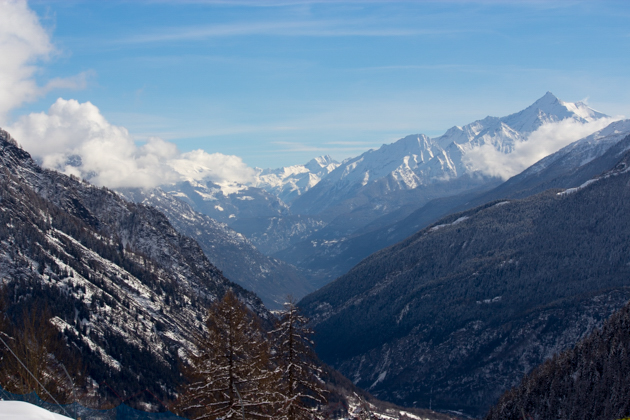
View from Courmayeur
When I say I love skiing, what I really mean is that I love lunch while skiing. Anybody reading this in North America may be unable to relate to this statement. I grew up eating very expensive, dry, burnt hamburgers with frozen fingers before heading back down the piste. Then I came to Europe to ski and learned the art of lunch in the sunshine whilst gazing at the Alpine peaks. In Italy (and Europe for that matter), lunch while skiing is a thing of great joy. It’s an opportunity to unabashedly dive head first into bowls of hot, melted cheese washed down with a very civilised glass (or two) of wine. Soul-warming (and rib-sticking) mountain food never tasted so good as when your defrosting cheeks start to burn and you begin to feel your fingertips again. Lunch ends with a caffè (a shot of espresso), often topped up with grappa (caffè corretto – meaning “a coffee corrected”).
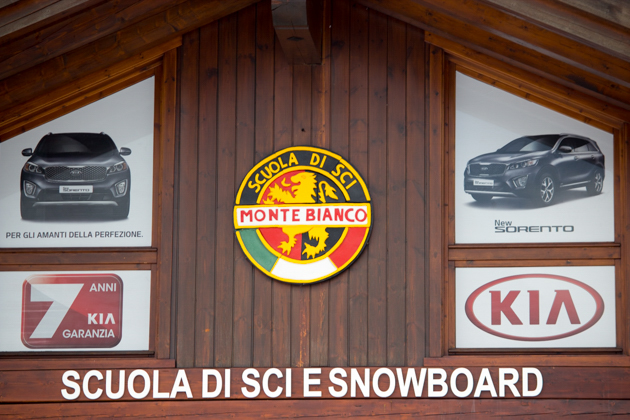
Ski school, otherwise known as “coat check for children”
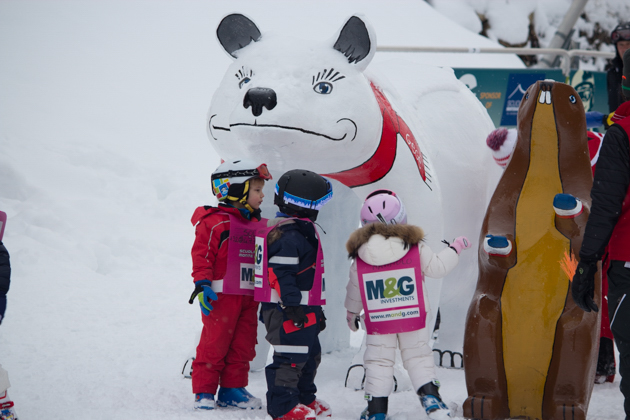
Little ones at ski school- just write your phone number on their back and collect them later
While I pretend to be dreaming of pristine powder on the piste in Valle d’Aosta, what I am really thinking about is whether to start the meal with Jambon de Bosses DOP (one of my favourite hams), mocetta (air dried thinly sliced chamois), lardo di Arnad (pork fat cured with garlic, herbs and spices) or even cheese.
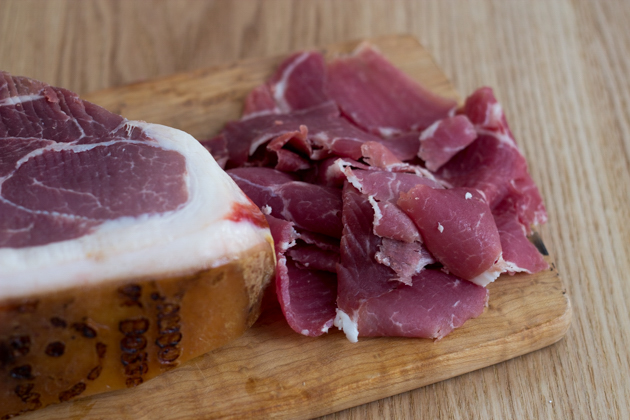
Jambon de Bosses
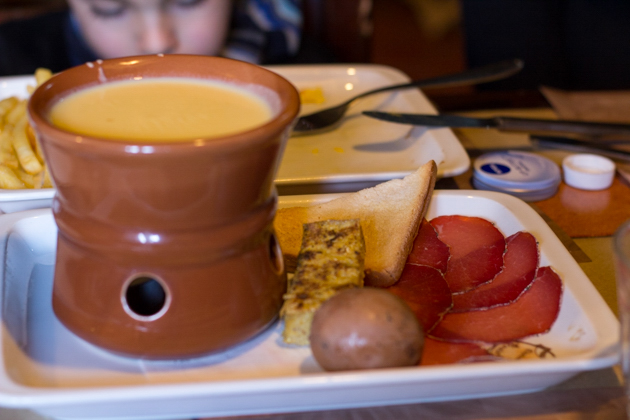
Fondue with mocetta
Next I plan out my first and main courses which could be fondue, pasta with mushrooms, stew (carbonade), braised pork shank or sausages served with polenta (sometimes also topped with cheese, called polenta concia), bread, cabbage and cheese soup (called valpellinentze but is a bit like French onion soup), venison (braised and tossed with pasta, in stews, roasted, etc), gnocchi with cheese (fontina or toma di Gressoney) and the caloric bomb that is costoletta alla Valdostana (breaded and fried veal chop stuffed with Fontina cheese and ham).
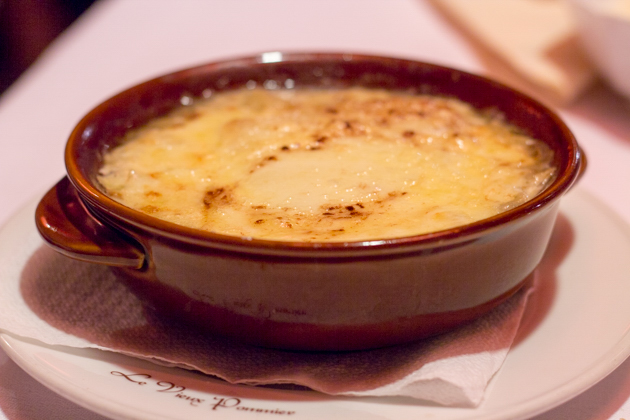
Valpellinentze (soup with cabbage, pancetta, bread and fontina)
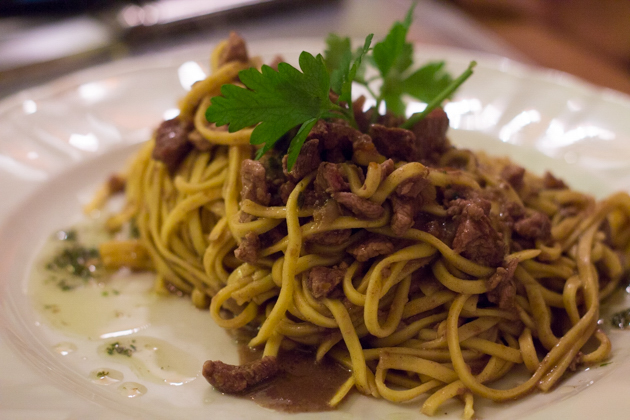
Pasta with braised venison
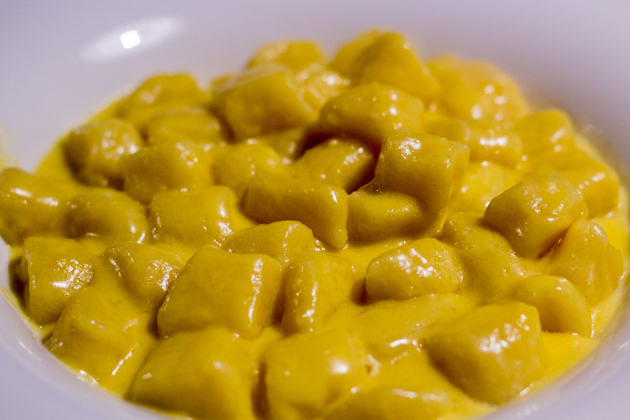
Gnocchi in fondue sauce
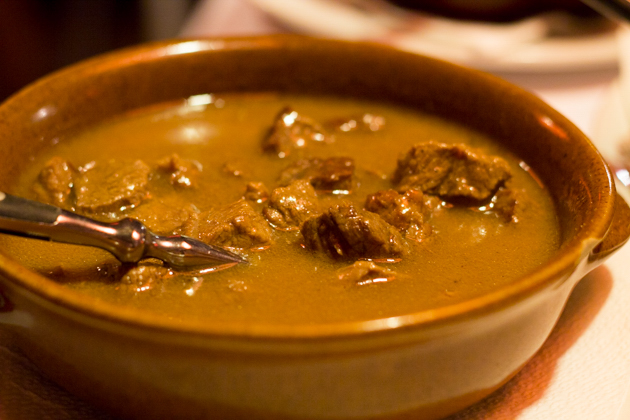
Carbonade (beef stew with wine, onions, herbs and spices)
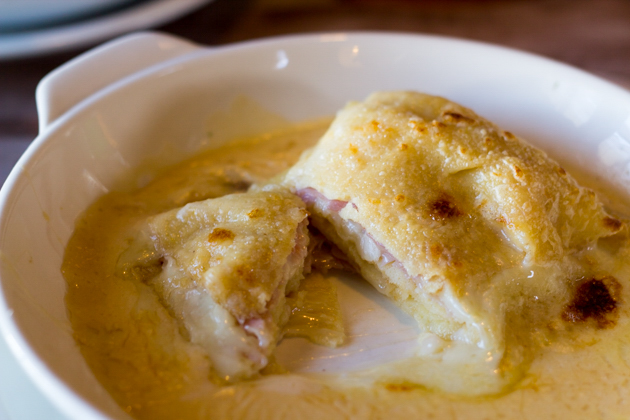
Crespelle di farro ripiene con prosciutto cotto, crema di castagne e toma cotta nel salsa di fonduta (Spelt crepes filled with ham, chestnut and toma cheese baked in fondue)
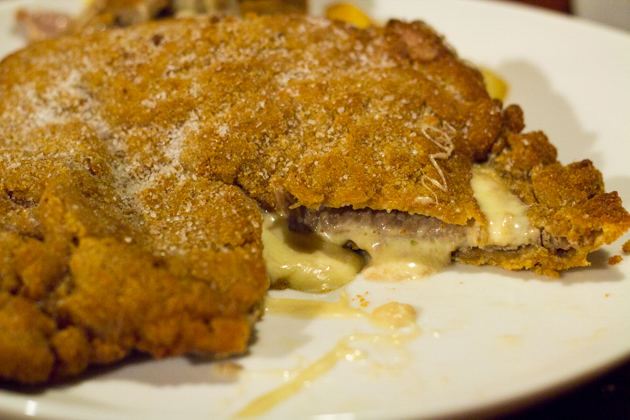
Costoletta alla valdostana (thinly pounded beef stuffed with prosciutto and fontina, breaded and deep fried)
Yet another thing to add to my long list of reasons why I love Italy, is that I am in good company. Literally everyone in the gondola is talking about what they are going to have for lunch, what they had for lunch and what they are going to have for dinner.
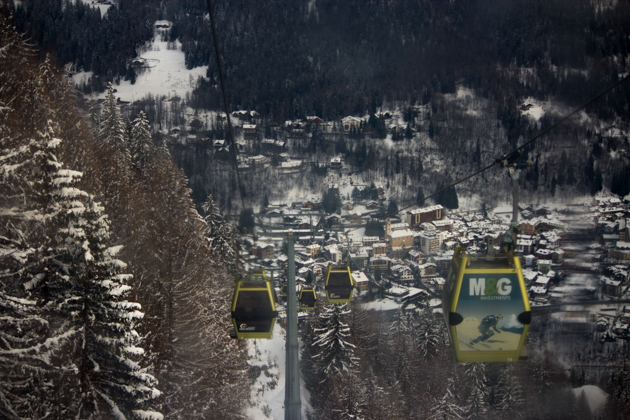
Every gondola is full of people discussing lunch
Mountain country is always good for cheese and just in case you have not had enough cheese in the first three courses, there is more cheese on offer: Fontina PDO (a raw cow milk cheese), a blue from Aosta (bleu d’Aosta) and a toma (same as tomme in French, a semi-fat raw cow milk cheese), this one from Gressoney.
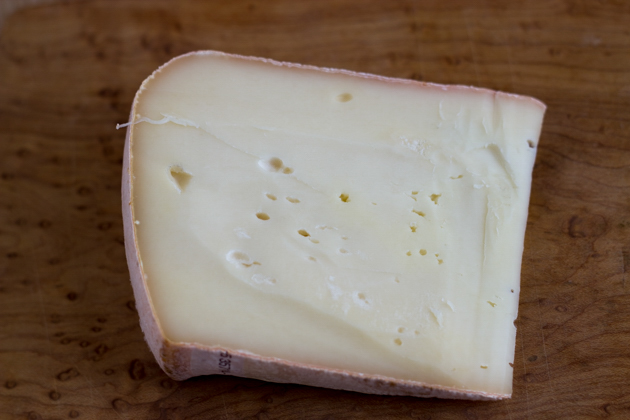
Toma di Gressoney
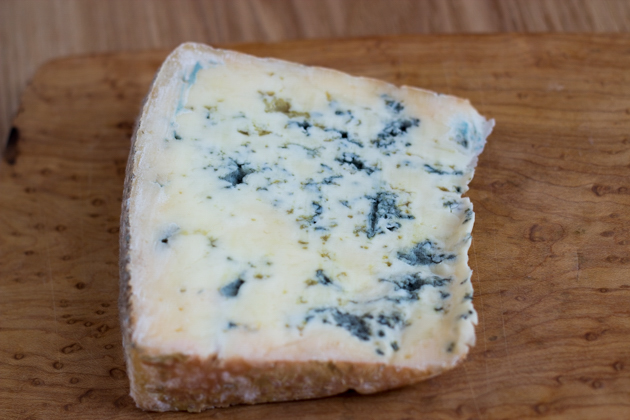
Bleu d’Aosta
It is also prime dessert country with many chestnut (Montebianco), hazelnut (tegole), pear (tarts and cakes) and chocolate (crema di Cogne, cakes, fondue) based dishes.
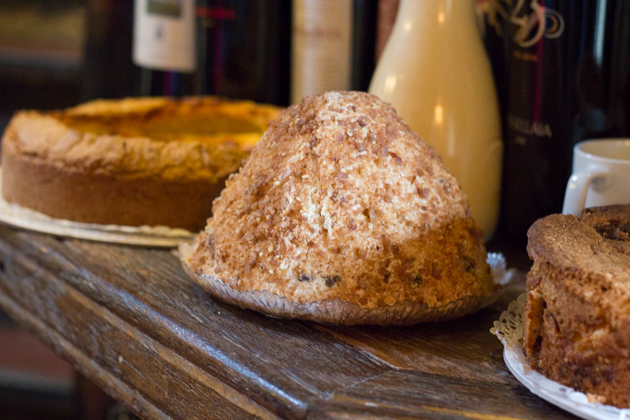
Montebianco (pureed chestnut with whipped cream, candied chestnuts and rum)- middle
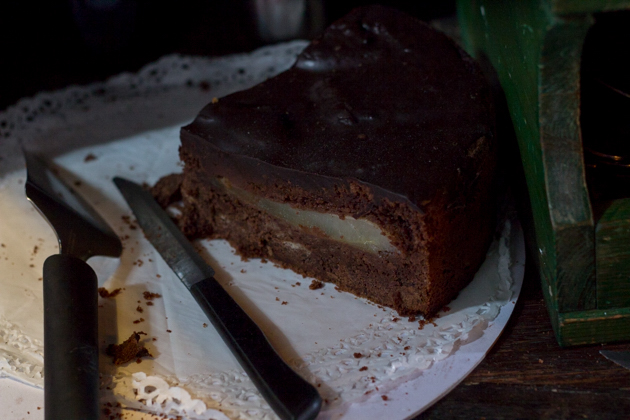
Chocolate and pear cake
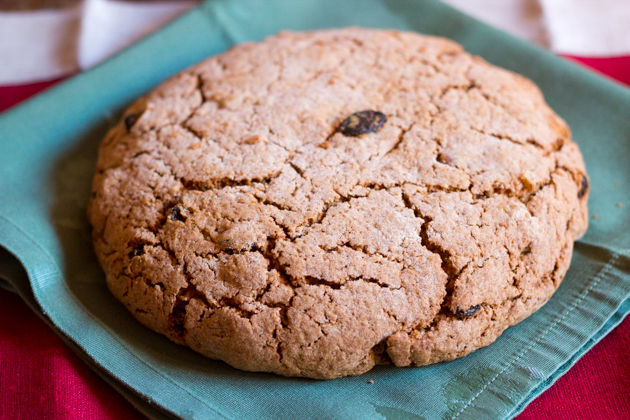
La Flantze (a biscuit-like cake made with rye flour, almonds, walnuts, raisins and orange)
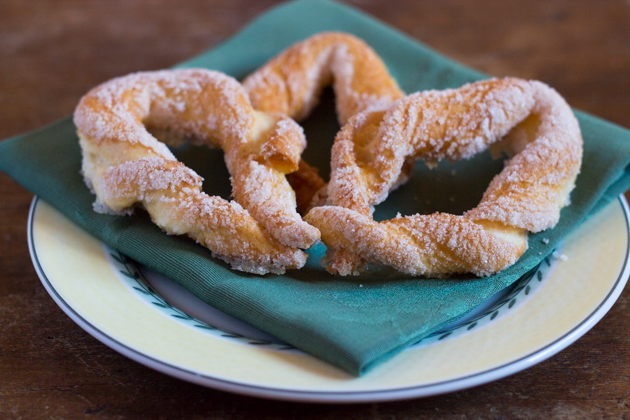
Torcetti (flakey sugar dusted biscuits)
Tegole, hazelnut wafers resembling the characteristic roof tiles of the area, were created in 1930 by pastry chefs in Valle d’Aosta. These are perfectly paired with crema di cogne (a pouring custard made with cocoa). There is something magical about dipping biscuits. Dipping allows you to vary the texture by lingering the biscuit longer in the cream, adjusting the ratio of creaminess to the crunch of the biscuit so that you feel you were an intrical part of making this delicious concoction.
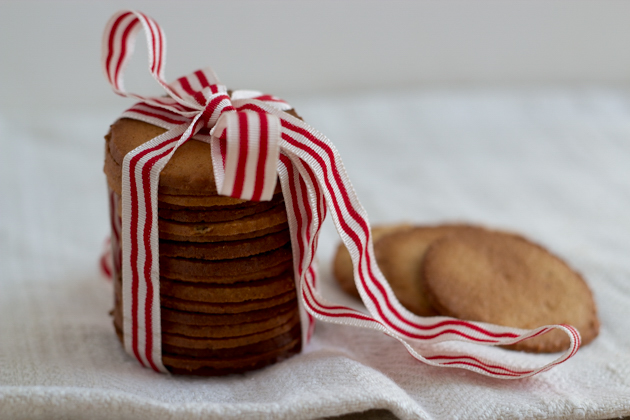
Tegole (hazelnut biscuits)
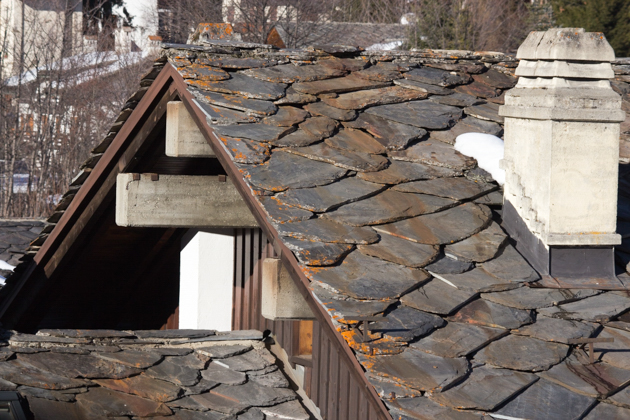
Tegole take their name from the characteristic local roof tiles
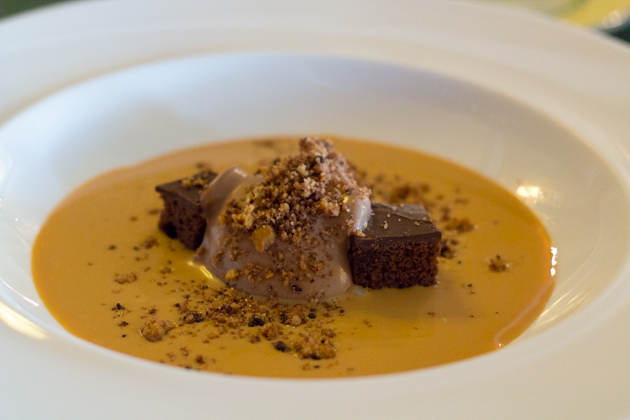
Crema di Cogne (cocoa flavoured custard)
Apres-ski (events occurring after a ski day) is the main event for many friends of mine and in Valle d’Aosta begins with vino caldo (mulled wine), a bit of genepy (a local liqueur flavoured with wormwoods) or caffe Valdostana (coffee enriched with sugar, herbs and genepy (or maybe vice versa depending on who is pouring) and set on fire).
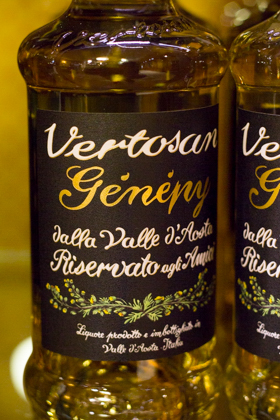
Genepy
Spend a few days in Valle d’Aosta and I guarantee you will begin to think like me. The added bonus is that the children could not be happier.
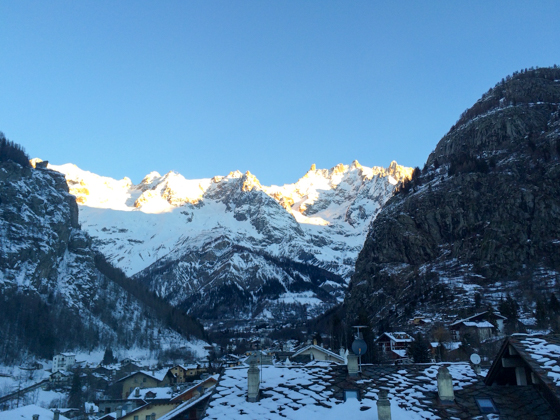
You see rooftops and Monte Bianco. I see Montebianco (the dessert with whipped cream and chestnuts) over roofs made from tegole (hazelnut biscuits)
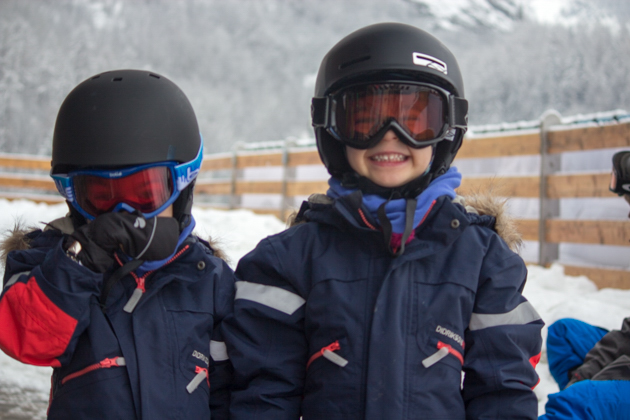
Everyone is happy
Recipe:
Torta di cioccolato (chocolate cinnamon cake)
- 250 grams butter, room temperature
- 250 grams caster sugar
- 4 large eggs, room temperature
- 210 grams 00 flour
- 10 grams potato starch (can substitute with 00 flour)
- 5 grams baking powder
- 30 grams cocoa powder
- 5 grams ground cinnamon
- 100 mls red wine
- 150 grams chocolate, coarsely grated
- ½ teaspoon vanilla extract
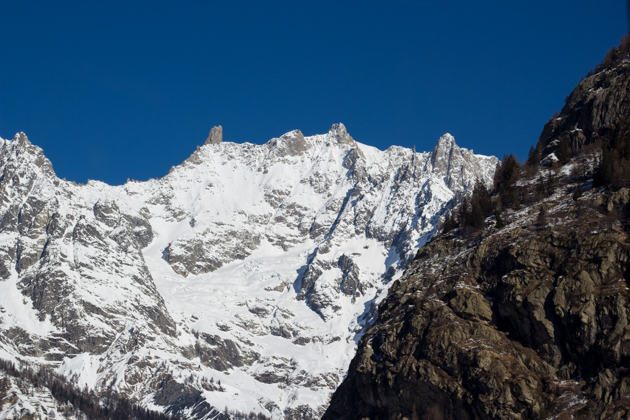
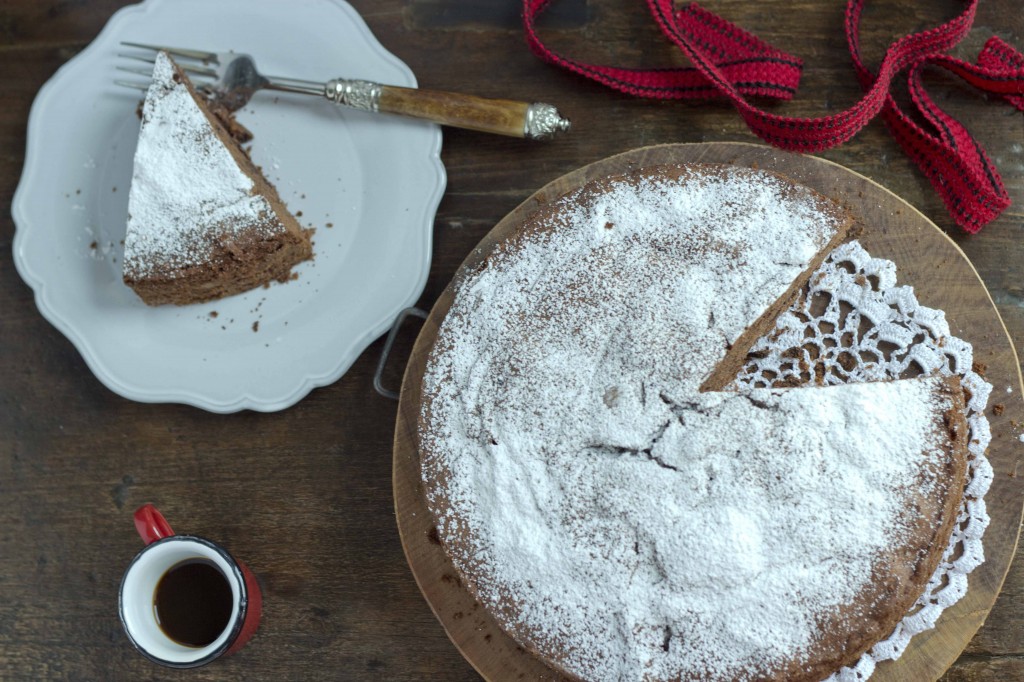
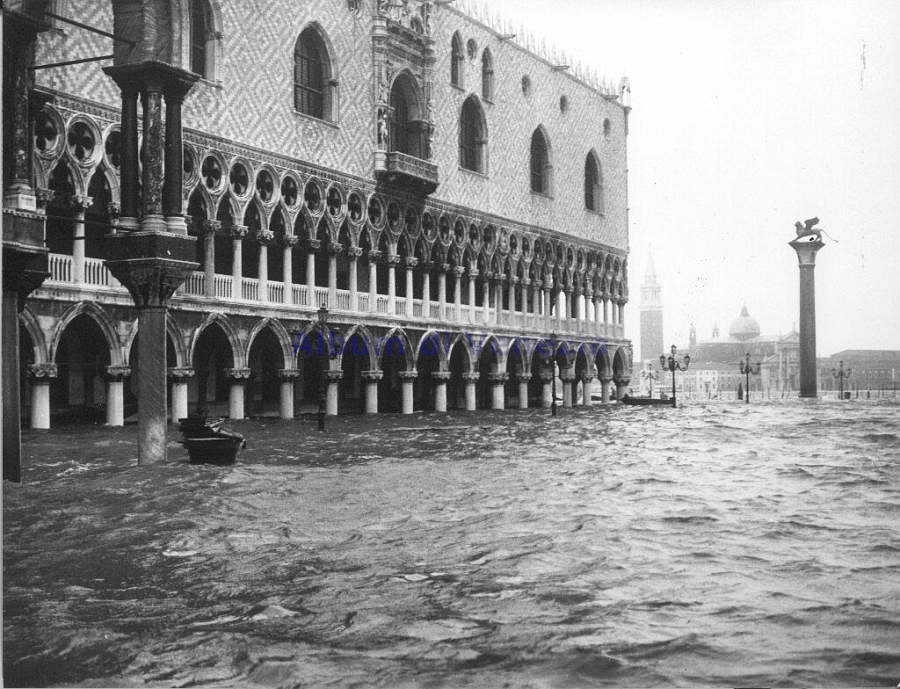
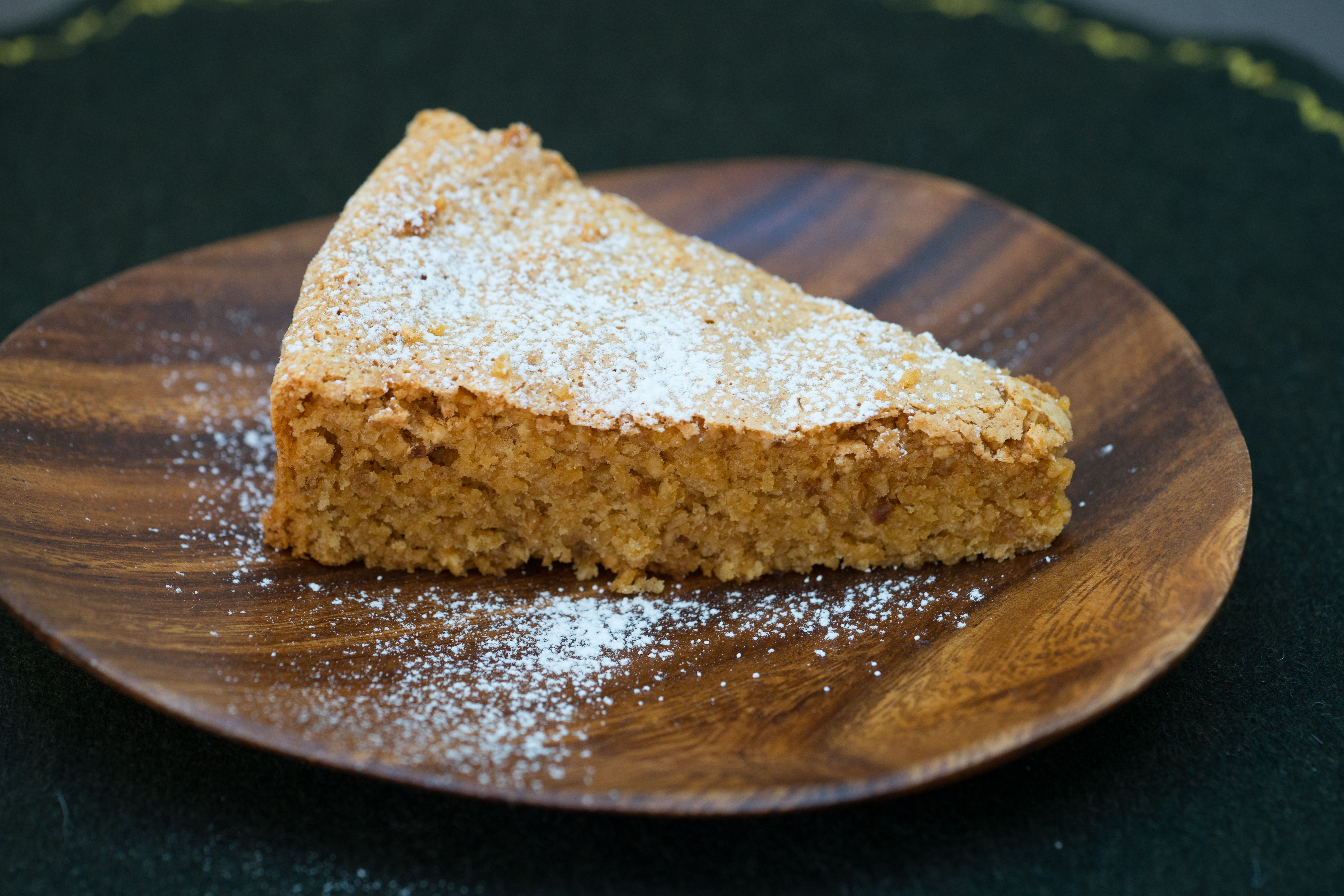
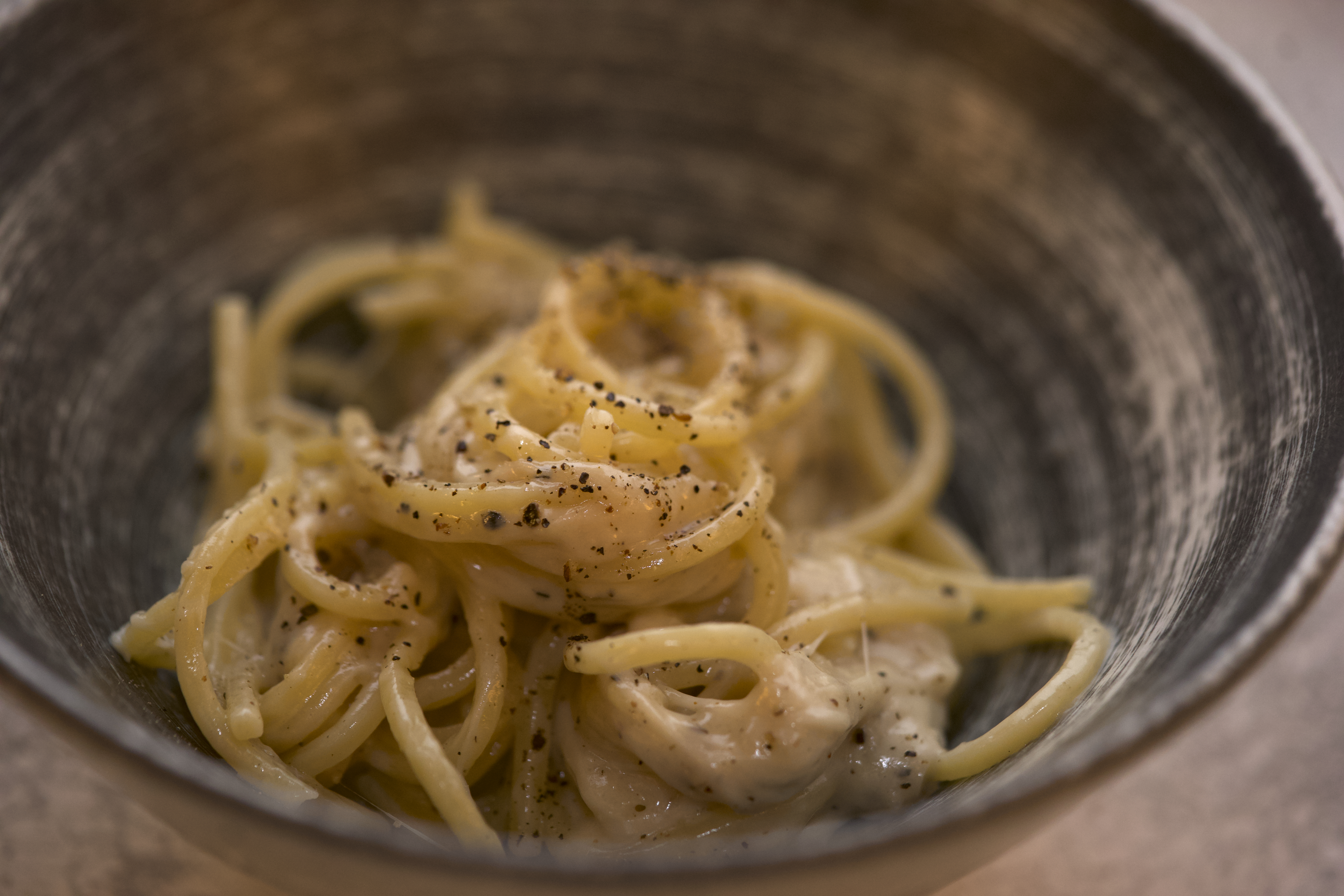
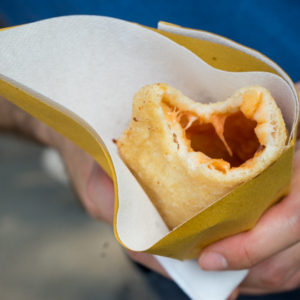
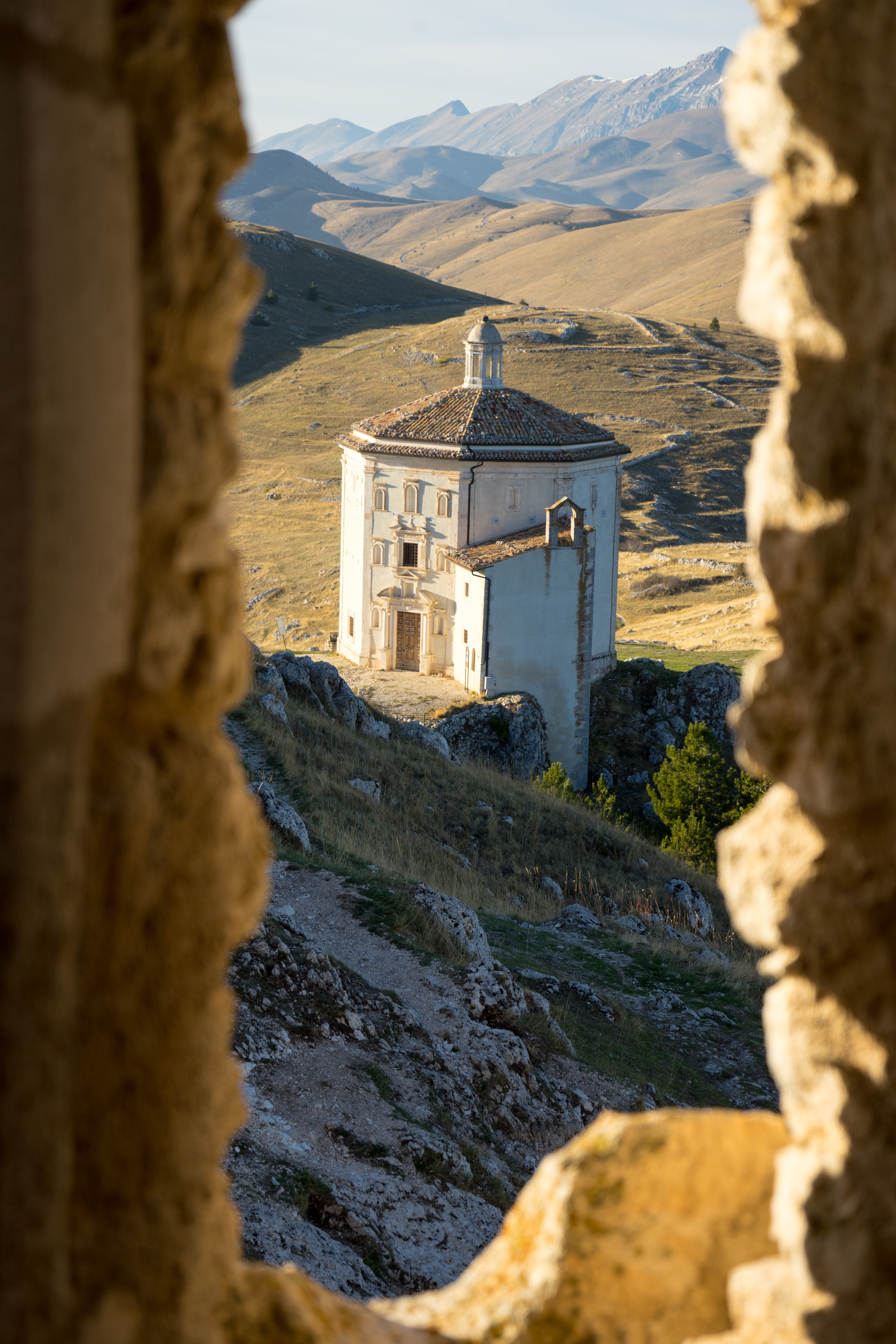
Leave a Reply